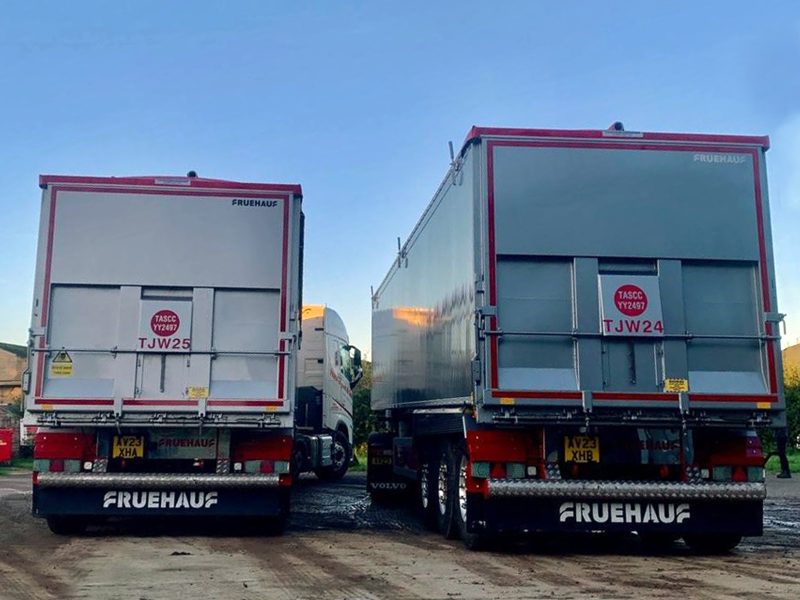You can just hear each other while Mikropakket’s 50-metre-long electrically powered sorting belt rapidly transports and distributes the various parcels to the thirty inclined discharge conveyors, known as chutes, in PostNL’s Nieuwegein warehouse. In addition to rollers, the chutes also contain brake rollers, so that heavy parcels are automatically braked and do not crowd the lighter or fragile parcels: gentle handling.
“Previously, we still sorted Mikropakket’s parcels manually,” says Roy Rachman, programme manager at PostNL Logistic Solutions. “That took a lot of manpower and was inefficient. Also because we handle all kinds of different parcels. Large, small, heavy, light, fragile, and so on. Everything mixed together. At this new location, we have concentrated three business units of Logistic Solutions -Mikropakket, Pharma & Care and E-Commerce fulfilment- in one fully modernised building, employing some 40 people in total. At Mikropakket, we now sort about 15,000 parcels a day, but if the expected growth continues, we can easily scale this up to 96,000 parcels if we have to. The system can handle it.”
Intensive collaboration
Rachman supervised the transformation of the former Tata Steel building in Nieuwegein into the sorting centre that is now the flagship of PostNL Logistic Solutions. For the sorting solution, he approached several providers. “EAE Solutions came out on top,” says Rachman. “Precisely because they are a ‘new kid on the block’, because they dared to stick their necks out, because they had an innovative view of sorting machines and their control, and because they thought intensively about our requirements. In close cooperation, we perfected the concept within a year.”
Smart algorithms
The sorting machine EAE Solutions designed for PostNL is produced by established international partner Wayzim, and has been upgraded to western, and PostNL-specific, quality requirements. “This makes the machine more affordable than comparable machines, while you don’t have to compromise on quality and sorting performance,” says Rachman. Distinctive elements such as the electrically driven conveyor belt make the sorting machine almost silent and ensure that maintenance or repair is minimised. A sophisticated measuring, weighing and scanning system based on smart algorithms in the control system ensures that every parcel is moved to one of the chutes at the right place on the belt, through the narrow transverse roller belts that are very ingeniously incorporated into the large sorting belt.
Rapid visual monitoring
“We have our roots in the printing industry,” says Corbin Joosen, Head of Solution Design at EAE Solutions. He is responsible for implementing the new cross belt system at PostNL. “For example, controlling the colour register when printing a newspaper. That is done at 15 metres per second. From that, this speciality arose: lightning-fast visual monitoring and control of logistical processes. These smart cameras, called IAS (Item Analysis System), are included in our control system and ensure that every parcel is handled in the right fast and efficient way.”
First in Europe
The cross belt sorter that EAE Solutions has now installed at PostNL is the first in Europe to be supplied completely by EAE. Founded in 1962, EAE has been designing and manufacturing complex industrial control systems for graphics and the intralogistics market for more than 60 years, with sorting and conveying machines as its core competence.
So far, EAE has mostly supplied its control systems to manufacturers of sorting machines. Now the company also has its own line of cross belt sorters: the EAE Flow.E-Cross. During the user acceptance test, Rachman, without prior notice, placed two boxes of pastries on the belt to test how gentle the handling was. The outcome was positive; completely unscathed, the tompouces could be eaten afterwards.






